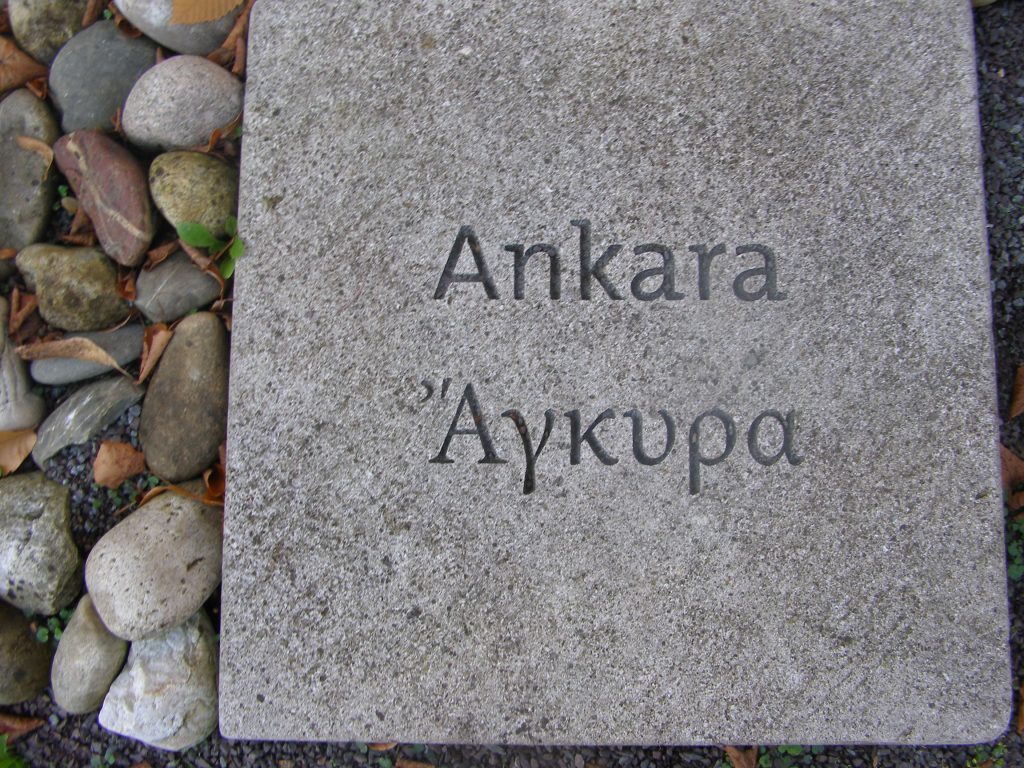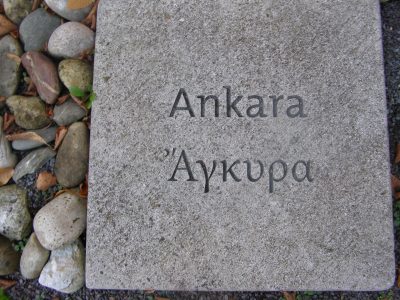
Administration
The town of Ankara became part of the Ottoman state in 1361 or perhaps in 1354. It was the first capital (paşa sancak) of the Anatolia Eyalet from its formation in the late 14th century until the late 15th century, when it was moved to Kütahya. The sancak of Ankara remained part of Anatolia Eyalet until the latter’s dissolution ca. 1841–46, when it became the seat of the new Ankara Eyalet. This was merged into the Bozok Eyalet in 1849, but Ankara remained the capital, and after 1852 the province was once more known as the Ankara Eyalet, and after 1867 as the Ankara Vilayet.
According to the German historian and cartographer Andreas Birken, in 1912, the sancak of Ankara comprised the ten districts (kazas) of Ankara proper, Ayaş, Beypazarı, Nallıhan, Mihalıççık, Sivrihisar, Haymana, Bala, Yabanabad and Kalecik.[1] R. Kévorkian also mentions the kaza Stanoz/Zyr among the kazas of the Angora sancak with an Armenian population: Angora (11,319 Armenians), Kalecik (830 Armenians), Stanoz/Zyr (3,142 Armenians), Nallıhan (1,030 Armenians), Mihalıççık (272 Armenians), and Sivrihisar (4,265 Armenians).[2]
Armenian Population
In 1914, there lived 20,858 Armenians in the sancak of Angora, more than half of them in the city of Angora.[3]
Destruction
“It seems that the Young Turk leaders and the local and central authorities opted for a strategy calculated to first liquidate the Armenian population of the sancaks of Kayseri and Yozgat in order to deal with the Armenians of the sancak of Angora afterwards. Probably informed as early of May 1915 of the exactions committed in the border regions, the Armenians of Angora briefly succeeded in convincing themselves that they would be spared thanks to the protection of [the provincial governor Hasan] Mazhar and certain foreign diplomats. But when, a few days after assuming office in mid-July 1915, Atif Bey had the non-Catholic Armenian notables of Angora arrested, the Catholics no doubt suddenly understood that they were vulnerable.”[4]
